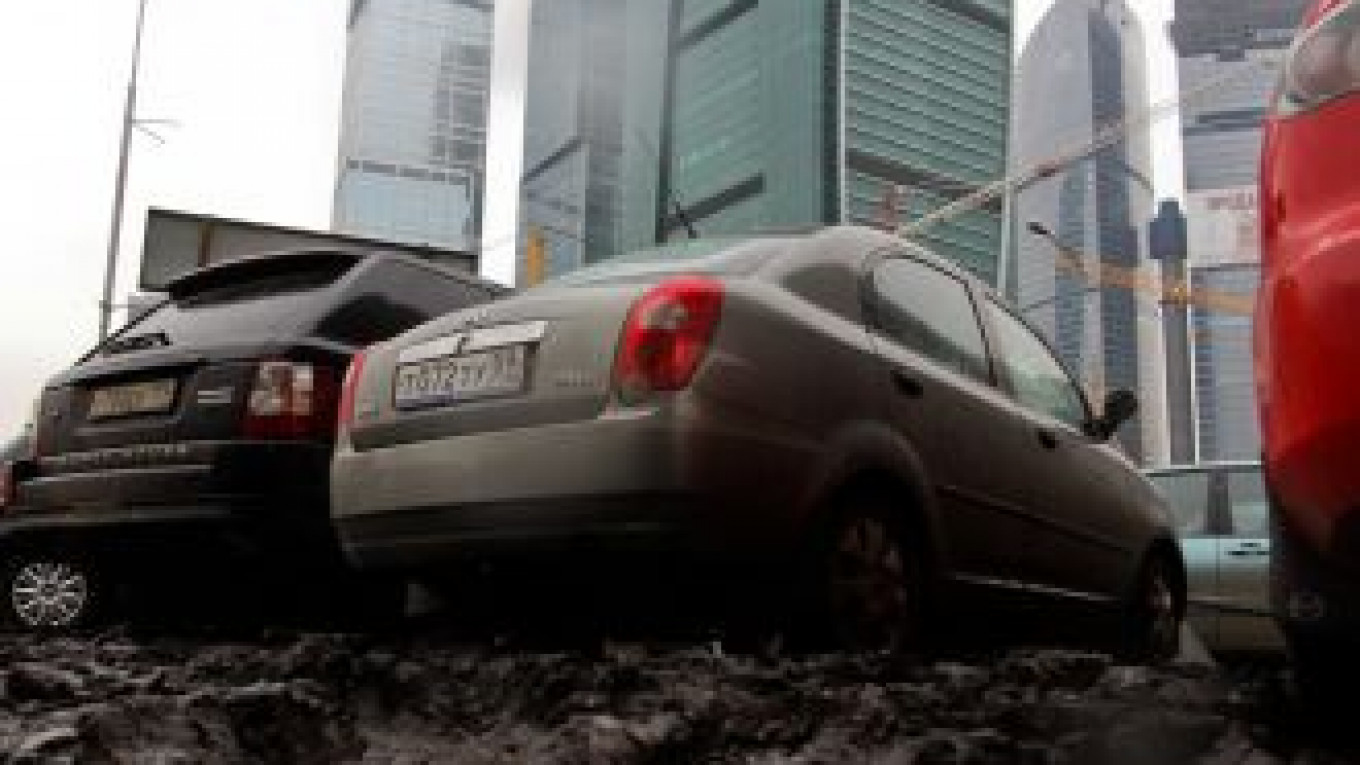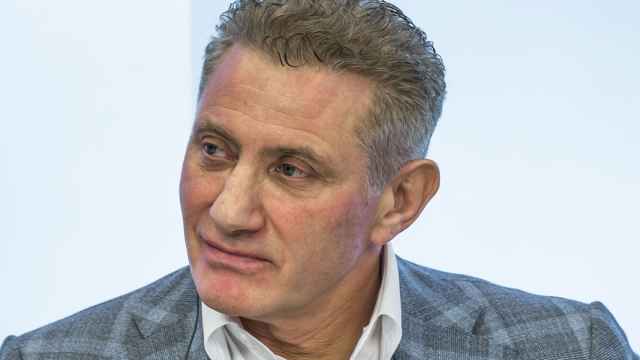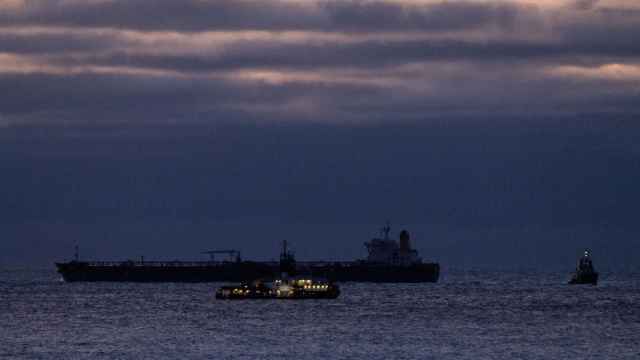The government doesn’t spend enough on infrastructure projects because it doesn’t believe in the effectiveness of such investment, according to an analysis by Goldman Sachs.
The quality of infrastructure in Russia is lacking, according to a report titled “Russian Infrastructure and Construction,” written by the investment bank.
The country inherited a developed transportation network from the Soviet Union, but due to long-term financial neglect, it is now falling apart.
Expenditures on transportation from 2005 to 2010 ran at 1.5 percent to 1.7 percent of GDP. Spending on infrastructure overall, including electricity and communications, was 3.7 percent to 4.3 percent of GDP, say analysts at Goldman Sachs.
According to World Bank methodology, Russia is a country with average per capita GDP, and it needs to spend at least 3.5 percent to 4.5 percent of that GDP on infrastructure, as is being done in Central and Eastern Europe. Of this, more than 50 percent of the investment should go to creating new infrastructure and maintaining what it already has.
Russia has managed to maintain its railroads, ports and existing airports, although development of civil aviation in the regions remains weak. But roads are the area in greatest need of investment, according to the analysis.
In the World Economic Forum’s competitive rating, Russia gets 130th place for road quality, below Angola, Kyrgyzstan and Tajikistan.
Expenditures on road construction are growing — from 255 billion rubles ($8.5 billion) in 2005 to 545 billion rubles in 2011. But the rate of growth of automobiles is outpacing road building. Traffic intensity rose 1.8 times over 10 years. Road density in Russia is at six kilometers per 1,000 inhabitants — higher than in India and China (at two kilometers per 1,000 inhabitants), but significantly lower than in the United States, which has 14 kilometers of road per 1,000 inhabitants. As a result, 30 percent of Russian roadways are constantly overloaded. The Transportation Ministry has estimated that traffic jams cost the equivalent of 7 percent to 9 percent of GDP.
New road-building funds that will be tapped starting this year will help jump-start road construction. Spending will increase to 794 billion rubles in 2012, 942 billion rubles in 2013 and 1 trillion rubles in 2014. According to Goldman Sachs, by 2018 the state will spend about 1.8 trillion rubles, which is nearly 1.1 percent of forecasted GDP. More than 70 percent of this funding will come from motorists via excise taxes on fuel.
The main limitation on the development of infrastructure is not financial, but institutional, the authors of the report state. The government has traditionally not considered the domino effect of investment in infrastructure and does not believe that such investment can significantly increase economic growth.
Goldman uses Poland as an example, where by increasing infrastructure expenditures from 3.5 percent of GDP to 4.5 percent between 2005 and 2008, the economy grew incrementally by 0.25 percent. Additional investment of 1 percent of GDP would increase economic growth by 0.5 percent in the nearest 6 months, and after that private investment would begin to kick in, according to the research. The most important thing is the efficient use of the funds invested, the analysts said.
The system is not at all transparent, said Mikhail Blinkin, director of the transportation economics institute at the Higher School of Economics. It’s not possible to evaluate the scale of the funds to be spent, never mind a competitive cost per kilometer of road, he said.
In the United States, Canada and Germany there is an open database with costs and characteristics of all road-building projects, Blinkin said. The construction-materials market here is a “barbaric state,” with sand quarries being monopolized, and quality of supplies and work suffering due to a lack of competition. “We spend little and poorly,” he said.
A Message from The Moscow Times:
Dear readers,
We are facing unprecedented challenges. Russia's Prosecutor General's Office has designated The Moscow Times as an "undesirable" organization, criminalizing our work and putting our staff at risk of prosecution. This follows our earlier unjust labeling as a "foreign agent."
These actions are direct attempts to silence independent journalism in Russia. The authorities claim our work "discredits the decisions of the Russian leadership." We see things differently: we strive to provide accurate, unbiased reporting on Russia.
We, the journalists of The Moscow Times, refuse to be silenced. But to continue our work, we need your help.
Your support, no matter how small, makes a world of difference. If you can, please support us monthly starting from just $2. It's quick to set up, and every contribution makes a significant impact.
By supporting The Moscow Times, you're defending open, independent journalism in the face of repression. Thank you for standing with us.
Remind me later.






